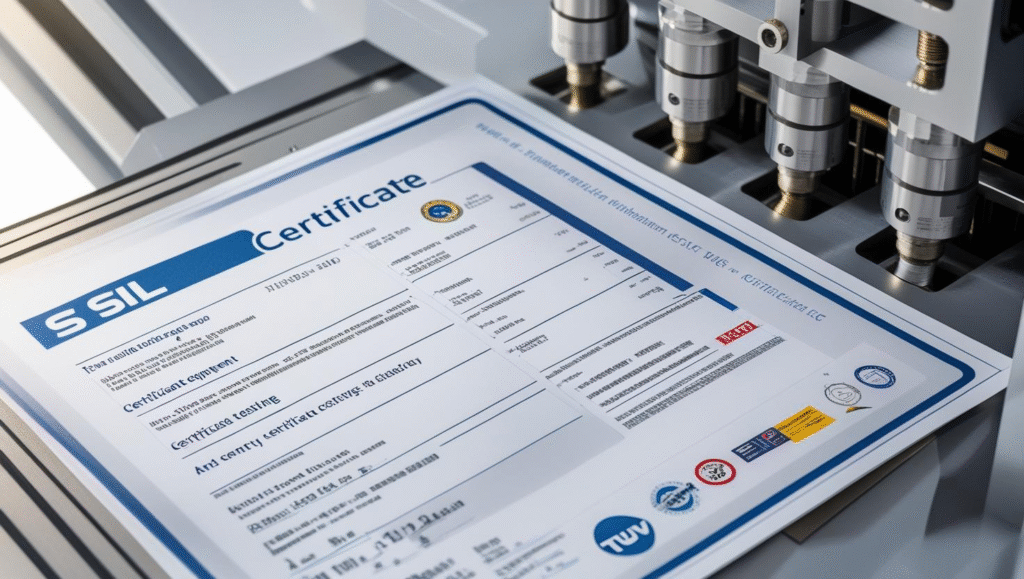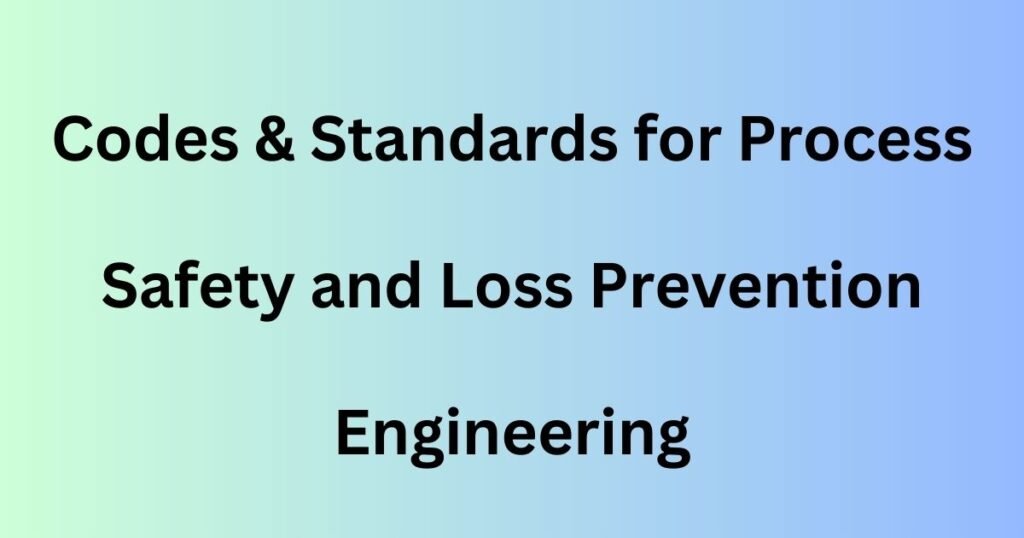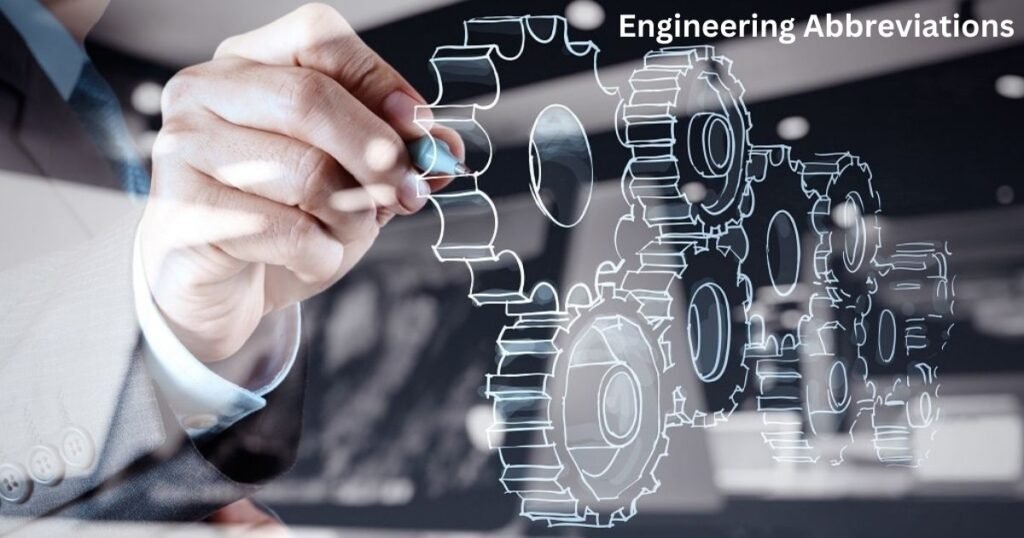Introduction
In the world of process safety engineering, Safety Integrity Level (SIL) plays a crucial role in ensuring risk reduction for safety instrumented functions (SIFs). SIL Verification and Validation are key activities in the functional safety lifecycle, defined by IEC 61508 and IEC 61511 standards.
This guide provides a step-by-step methodology for SIL verification and validation, followed by a detailed case study for better understanding. For more fundamentals on safety studies, visit our guide on Introduction to Process Hazard Analysis (PHA).
What is SIL?
Safety Integrity Level (SIL) is a measure of the reliability required of a safety system. It ranges from SIL 1 (least stringent) to SIL 4 (most stringent). SIL determination is done during the Layer of Protection Analysis (LOPA) or Hazard and Risk Assessment phase.
👉 Learn more: LOPA Methodology Explained
Why SIL Verification and Validation Matter
While SIL Determination defines the required integrity, SIL Verification ensures that the system design meets that requirement. SIL Validation, on the other hand, confirms that the system performs its intended function under actual operating conditions.
Failure to conduct proper verification and validation can result in:
- Non-compliance with IEC 61511
- Failure of Safety Instrumented Functions (SIFs)
- Increased operational risk
Step-by-Step Methodology
1. SIL Determination
This is the starting point. Tools like LOPA or risk graphs help determine the required SIL for each SIF.
2. SIL Verification
Verification checks if the SIF meets the required SIL using:
- PFDavg (Probability of Failure on Demand average)
- Hardware Fault Tolerance (HFT)
- Safe Failure Fraction (SFF)
- Architectural Constraints
This involves calculations or use of software tools like exSILentia, SILver, or PHAST Risk.
👉 Explore: Top 30 Software Tools for Process Safety Engineers in 2025
3. SIL Validation
Validation is conducted during commissioning or functional testing phase:
- Functionality check under real conditions
- Loop testing
- Proof testing procedures
- Validation against Safety Requirements Specification (SRS)
Case Study: SIL Verification of a High-Integrity Pressure Protection System (HIPPS)
Scenario:
A petrochemical facility uses HIPPS to protect a low-pressure separator from a high-pressure upstream source.
SIL Requirement: SIL 3 based on LOPA.
System Design:
- Sensors: 2oo3 pressure transmitters
- Logic Solver: SIL 3 certified PLC
- Final Elements: 2oo2 shutdown valves
Verification:
- PFDavg calculated: 4.2 x 10^-4 → Within SIL 3 range (10^-4 to 10^-3)
- SFF for final elements > 90%
- HFT met per IEC 61511
- Software used: exSILentia for PFDavg and verification report
Validation:
- Each transmitter tested under fault scenarios
- Full function test of shutdown valves
- Logic solver diagnostics verified
- System tested for spurious trip tolerance
Outcome:
SIL 3 requirement verified and validated with documentation for audit trail.
Common Challenges in SIL V&V
- Inadequate SRS documentation
- Lack of certified components
- Misinterpretation of failure data
- Improper proof test interval selection
Best Practices
- Engage a TÜV-certified Functional Safety Engineer
- Always base verification on credible failure data (e.g., OREDA, Exida)
- Maintain full documentation for audits
- Use certified tools for analysis and documentation
Conclusion
SIL Verification and Validation are critical to ensure that your safety instrumented systems meet their risk reduction targets. A robust methodology not only ensures regulatory compliance but also strengthens your facility’s operational integrity.
For more insights on building a safety culture, explore our blog:
👉 10 Golden Rules for Process Safety Management


